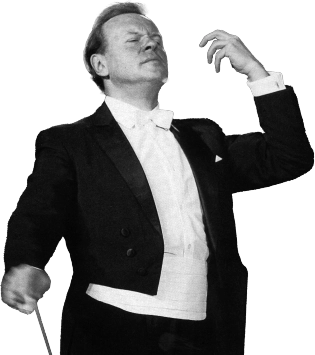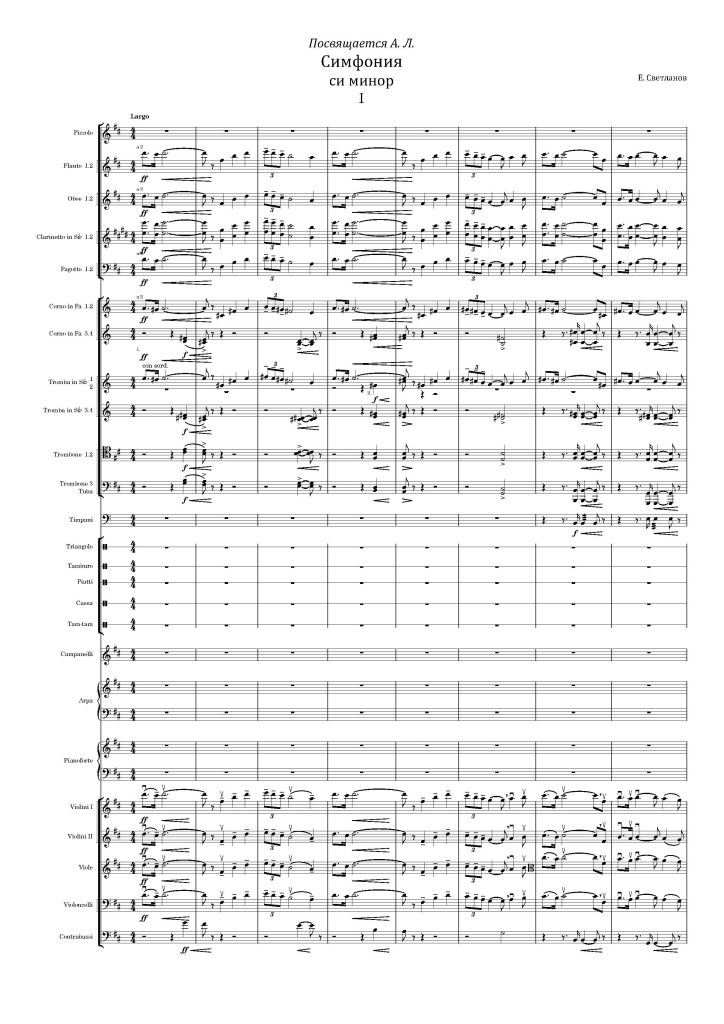Evgeny Svetlanov composed his only symphony at the age of twenty-eight. A year earlier, he had graduated from the Moscow Conservatory in opera and symphonic conducting and composition, and had taken up a post as conductor at the Bolshoi Theatre. For his symphony, Svetlanov chose one of the most dramatic keys — B minor, the same key as Bach’s Mass in B minor, Schubert’s Unfinished Symphony, and Tchaikovsky’s Pathétique and Manfred Symphonies.
In the style of the Russian school founded by Glinka, the Symphony was Svetlanov’s favorite among his own works. Written in four movements, it draws on the classical Russian symphonic tradition while also reflecting the influence of his teachers.
Although composed in the mid-twentieth century, the work could easily be mistaken for a creation of the late Romantic era. Academic in form yet heartfelt in expression, Svetlanov’s Symphony stands both as a youthful achievement and as a homage to the great Russian symphonic tradition.
Movements:
1. Largo – Allegro moderato
2. Allegro vivace
3. Largo
4. Andante mesto – Allegro
“Every one of his works brims with openness of feeling, with the immediacy of emotional utterance, marked by melodic abundance and a sweeping, songlike breadth.”
Rodion Shchedrin, composer


